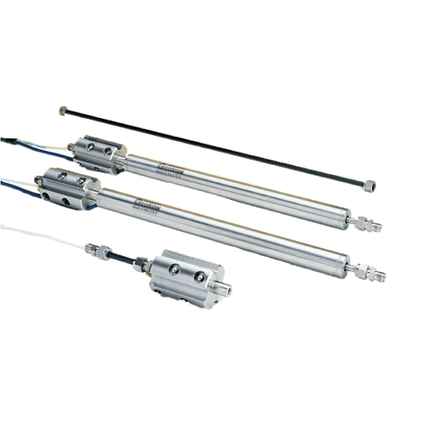BOREHOLE EXTENSOMETERS
Stability and movement of soil and rock masses can be determined with the use of borehole extensometers. A typical rod extensometer consists of a reference head, usually installed at the collar of a drill hole, and one or more in-hole anchors, each of which is fixed in place at a known depth in the borehole. As the soil or rock deforms, the distances between adjacent in-hole anchors change, as do the distances between the individual in-hole anchors and the reference head. This provides an accurate determination of distribution, magnitude, rate and acceleration of deformation in the rock or soil mass intersected by the drill hole.
KEY FEATURES
Six different ranges: 12.5, 25, 50, 100, 150 and 200 mm
Single or multiple point rod reference
Manual or automatic readings
Rods in a variety of materials: steel, stainless steel, fiberglass and carbon fiber
Flexible or rigid rods available
Retrievable
Temperature ranges from +10C to +60C







